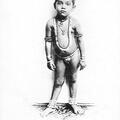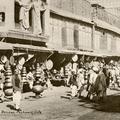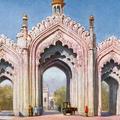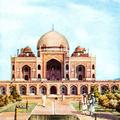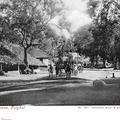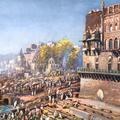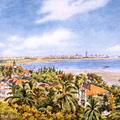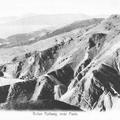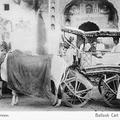A little Brahmin Beauty, Madras
Little children were one of the most popular subjects of early postcards from Chennai (Madras). Many of the little children in these postcards wore – or were dressed with – a lot of jewelry, which would have made them compelling subjects.

